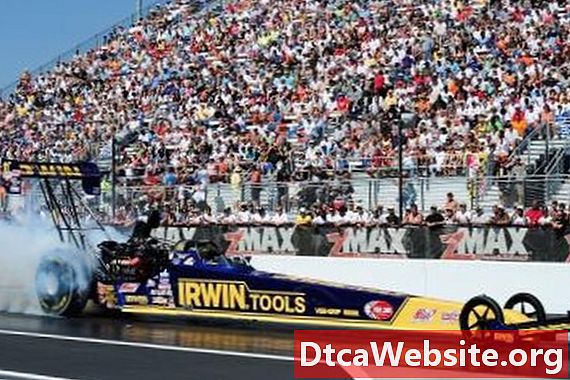
Contenu
Crankshaft
A logical place to start when describing the V-8 engine is the crankshaft. The crankshaft is just that, a crank arranged along a shaft. Actually its a set of cranks, one for each cylinder in the V-8 engine. The engine crankshaft works very much like the cranks that are attached to the pedals on a bicycle. In the bicycle, there are only two cranks, while in the V-8 engine there are eight.
Pistons
In the V-8 engine, each crank is attached to whats called a piston rod. The piston rod is analogous to the riders legs on a bicycle. Each piston rod takes its turn in pushing down on the crank and causing the crankshaft to turn. But the piston rod cant do this job by itself. There are number of other critical parts involved, and one of these is the piston. The piston is a sort of soup can-shaped part that fits inside the engines cylinder. (The metal forming the piston is certainly much thicker and stronger than a soup can. Its only that the can is a reasonably good comparison for the size and shape of the piston.)
Combustion
Once again, the piston itself doesnt do this job alone. The force that s the piston downward to turn the crankshaft must come from somewhere. It comes in the form of an ignition and explosion of a fuel and air mixture above the piston in whats called the combustion chamber. Other key parts that make all this happen include the valves and the spark plug. The spark plug is there to provide the spark that causes the ignition and the explosion.
Cylinders
The engine block is a critical part of the V-8 engine. It is the main structure around which, and into which, all the other essential engine parts are built. One of the critical engine parts is the engine cylinder. The V-8 engine cylinders are hollowed out, cylindrical formations within the engine block. Theyre arranged in two sets of four in a V formation within the engine block. Their function is to accommodate the piston and allow a tight-fitting space for the piston to move up-and-down while forming a seal. At the top of the cylinder is the cylinder head. While the cylinder itself forms a seal around the piston, the cylinder heads job is to form a seal at the top of the pistons travel. This seal is important because there must be a confined explosion above the piston within the cylinder to forcibly drive the piston down and turn the crankshaft.
Valves
Other tasks are going on while the V-8 engine is running. Important among these are the opening and closing of valves. There are two kinds of valves in a V-8 engine---intake valves and exhaust valves. The intake valve is named for the function it provides, which is to take in an air and fuel mixture into a combustion chamber. The exhaust valve is so named because its function is to open and release burnt exhaust after the fuel and air mixture has ignited. When the engine is running, there is a coordinated series of actions involving the pistons, the valves and the spark plugs.
Intake Stroke
The V-8 engine is based on the repetition of four cycles or strokes as they are often called. During the intake stroke, the piston moves down. The intake valves are open at this stage and the suction caused by the pistons moving down draws the fuel and air mixture into the cylinders. The intake valves then close. (Meanwhile, the exhaust valves are already closed.)
Compression Stroke
Next, with all of the valves closed, the pistons move upward in the cylinders. As they do, they compress the fuel and air mixture and when they reach the top of their travel, the mixture is it at maximum compression. This is the compression stroke. At this time, the spark plugs fire and ignite the fuel and air mixture. The ignition of the fuel/air mixture in the cylinders combustion chambers causes explosions that force the pistons downward. This is the power stroke that turns the crankshaft.
Exhaust Stroke
The last stroke---the exhaust stroke---is that of the pistons moving back up again after the power stroke. During this stroke, the exhaust valves are open, and as the pistons travel upward, they expel the burnt exhaust gases out through the exhaust valves and further out through the exhaust system.


